Rising Public Health Initiatives
Public health initiatives in Germany are increasingly targeting antibiotic resistance, thereby driving the antibiotic resistance market. Campaigns aimed at educating healthcare professionals and the public about the responsible use of antibiotics are gaining momentum. The German government has implemented various strategies to reduce antibiotic consumption, which has reportedly decreased by 10% over the past five years. These initiatives not only aim to curb the spread of resistance but also promote the development of new antibiotics and alternative treatments. As awareness grows, the demand for innovative solutions in the antibiotic resistance market is likely to increase, fostering a more sustainable approach to managing infections.
Regulatory Support for New Antibiotics
Regulatory bodies in Germany are increasingly recognizing the need for new antibiotics to combat resistance. Initiatives such as the AMR Action Plan aim to streamline the approval process for novel antibiotics, thereby fostering innovation in the antibiotic resistance market. The German Federal Ministry of Health has allocated substantial funding to support research initiatives focused on antibiotic development. This regulatory support is crucial, as it not only encourages pharmaceutical companies to invest in antibiotic research but also enhances the market's overall growth potential. The anticipated increase in the number of approved antibiotics could lead to a market expansion valued at over €2 billion by 2030, reflecting the critical need for effective treatments against resistant infections.
Rising Incidence of Resistant Infections
The increasing prevalence of antibiotic-resistant infections in Germany is a critical driver for the antibiotic resistance market. Reports indicate that approximately 700,000 deaths occur annually due to antibiotic resistance worldwide, with a notable share attributed to European nations. In Germany, the incidence of resistant strains of bacteria, such as MRSA, has been on the rise, prompting healthcare authorities to prioritize the development of new antibiotics and alternative therapies. This trend is likely to stimulate investment in research and development, thereby expanding the antibiotic resistance market. Furthermore, the economic burden associated with treating resistant infections, estimated at €1.5 billion annually in Germany, underscores the urgency for innovative solutions in this sector.
Growing Demand for Rapid Diagnostic Tools
The antibiotic resistance market is significantly influenced by the rising demand for rapid diagnostic tools in Germany. Accurate and timely diagnosis of infections is essential for effective treatment and management of antibiotic resistance. The market for diagnostic tools is projected to grow at a CAGR of 10% over the next five years, fueled by technological advancements and heightened awareness among healthcare providers. Rapid diagnostics can help in identifying resistant strains, thereby guiding appropriate antibiotic use and reducing the overall burden of resistance. This trend not only enhances patient outcomes but also supports the antibiotic resistance market by promoting the development of targeted therapies and reducing unnecessary antibiotic prescriptions.
Increased Investment in Alternative Therapies
The antibiotic resistance market is witnessing a shift towards alternative therapies as a response to the growing threat of resistance. In Germany, there is a notable increase in investment in research focused on bacteriophage therapy, antimicrobial peptides, and other innovative treatment modalities. This diversification of treatment options is essential, as traditional antibiotics become less effective against resistant strains. The market for alternative therapies is expected to reach €500 million by 2027, reflecting the urgent need for solutions that can complement or replace conventional antibiotics. This trend indicates a proactive approach within the healthcare sector to address the challenges posed by antibiotic resistance.


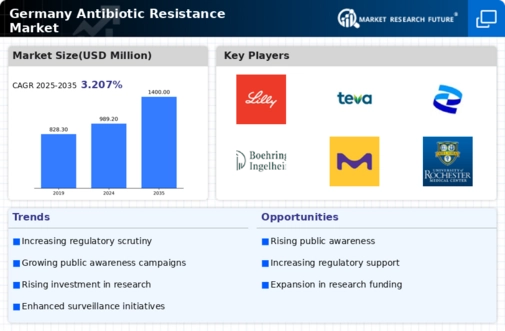
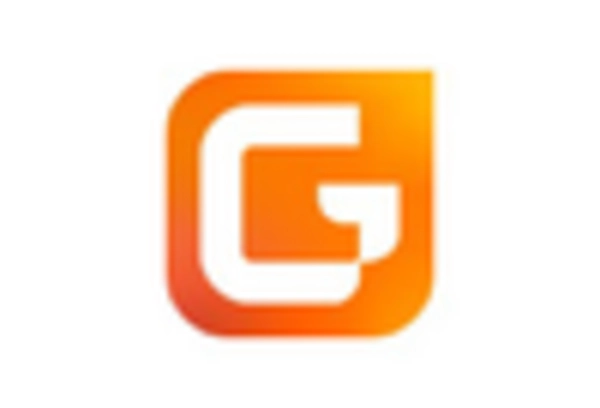
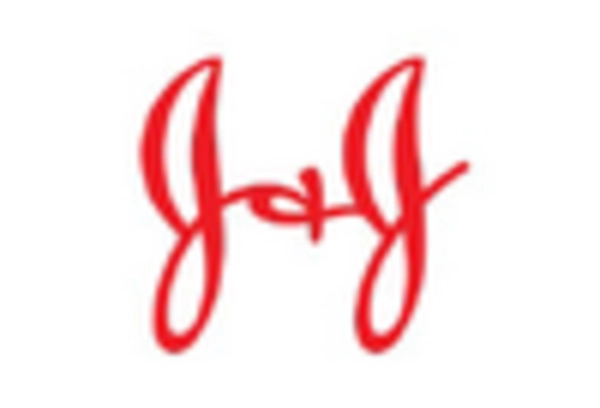
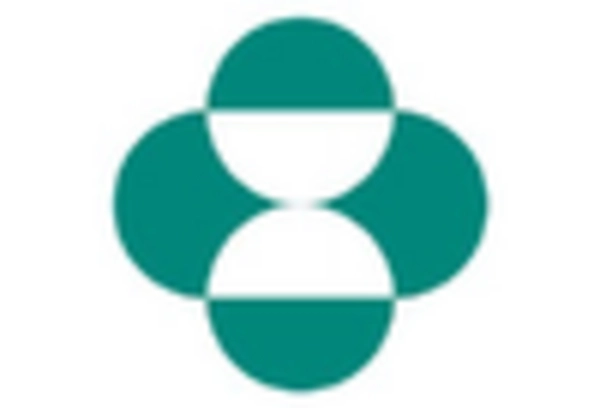

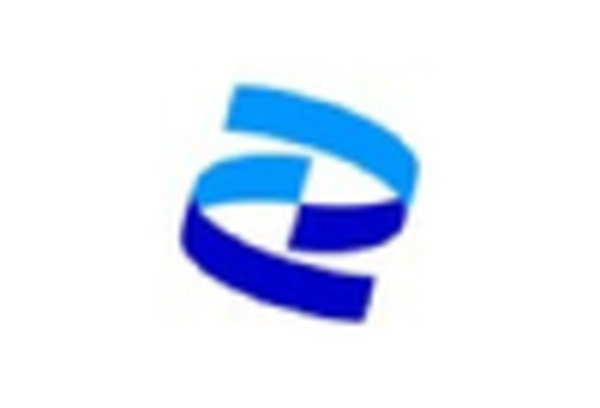
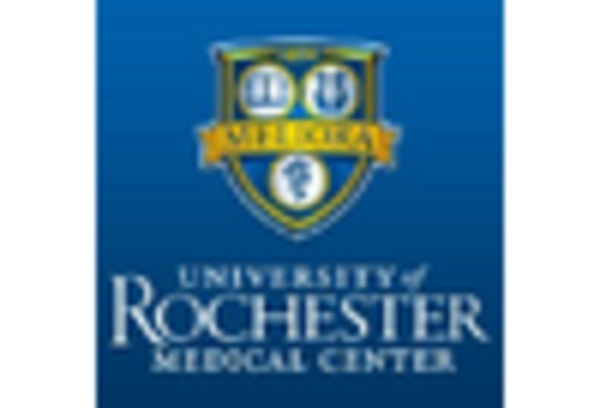








Leave a Comment